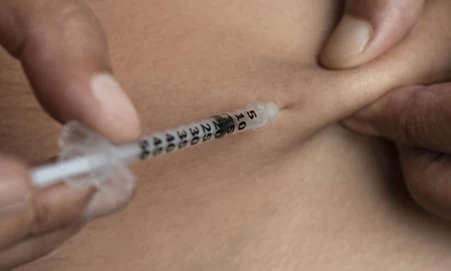An evidence-based approach to subcutaneous injection technique

Course
Exclusive quality-assured course.

Available to RCNi Plus subscribers
Applicable for any nurse with an RCNi subscription
Read this learning module to update your knowledge and skills in the administration of subcutaneous injections. The evidence base in this area is reviewed and a framework for safe practice provided.
Who is this resource for?
This resource is aimed at nurses and nursing support workers across all settings and levels of practice, including students of health, social work and care professions.
Authors
Downloaded content date
PDF created on: 29 Dec 2025.
Downloaded from: https://rcnlearn.rcn.org.uk/Search/274-Anevidencebasedapproachtosubcutaneousin.
Please check: https://rcnlearn.rcn.org.uk for a more up-to-date version of this content.
 ;
; ;
; ;
; ;
;